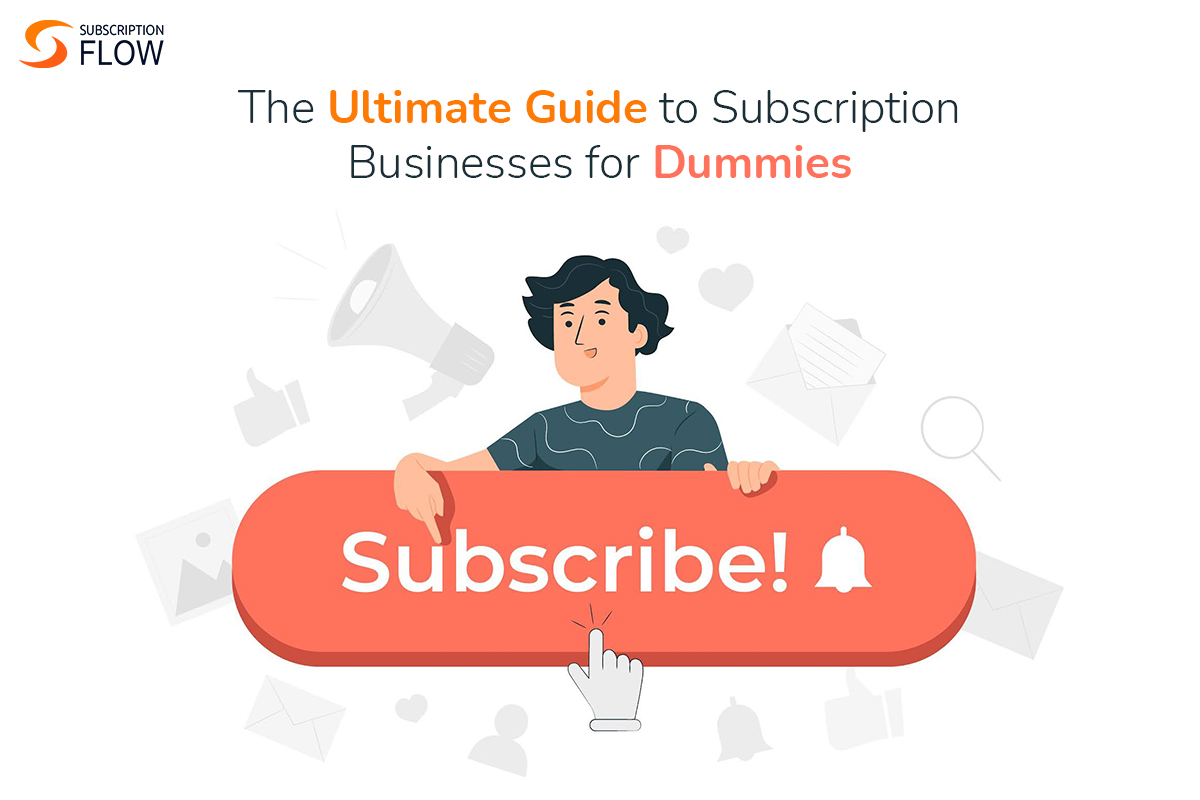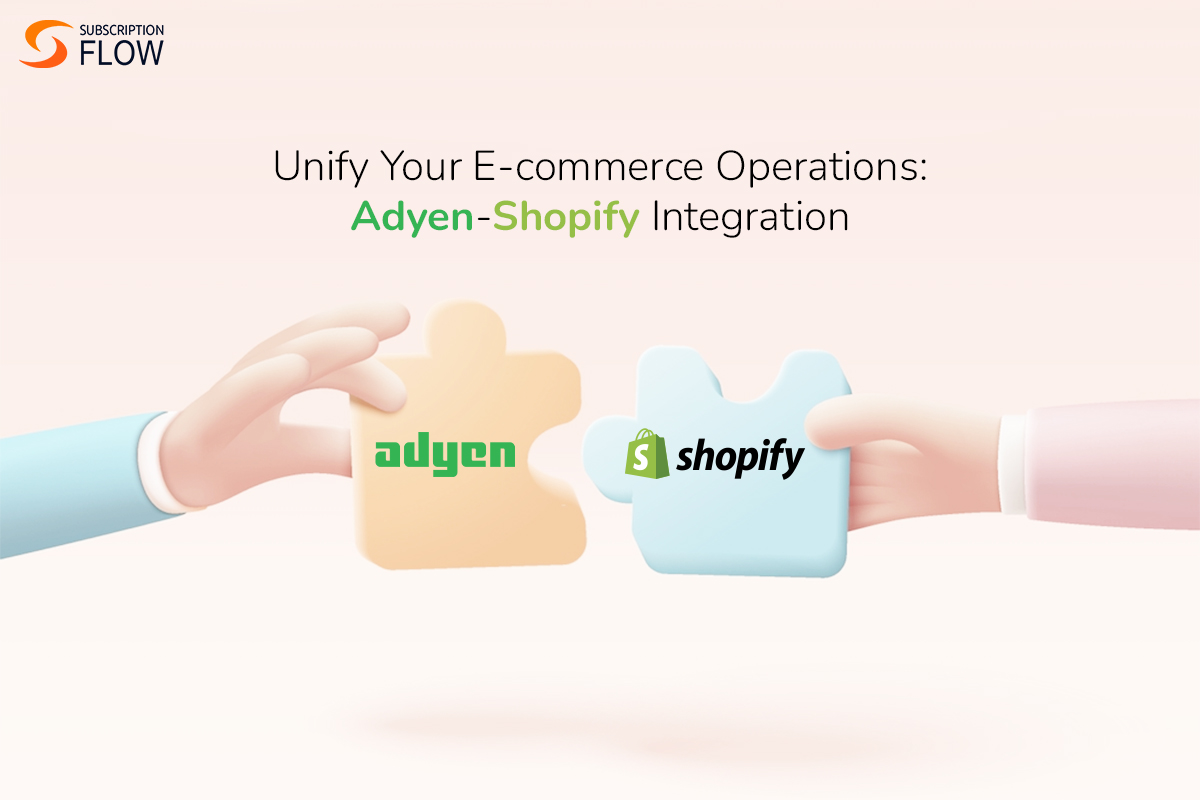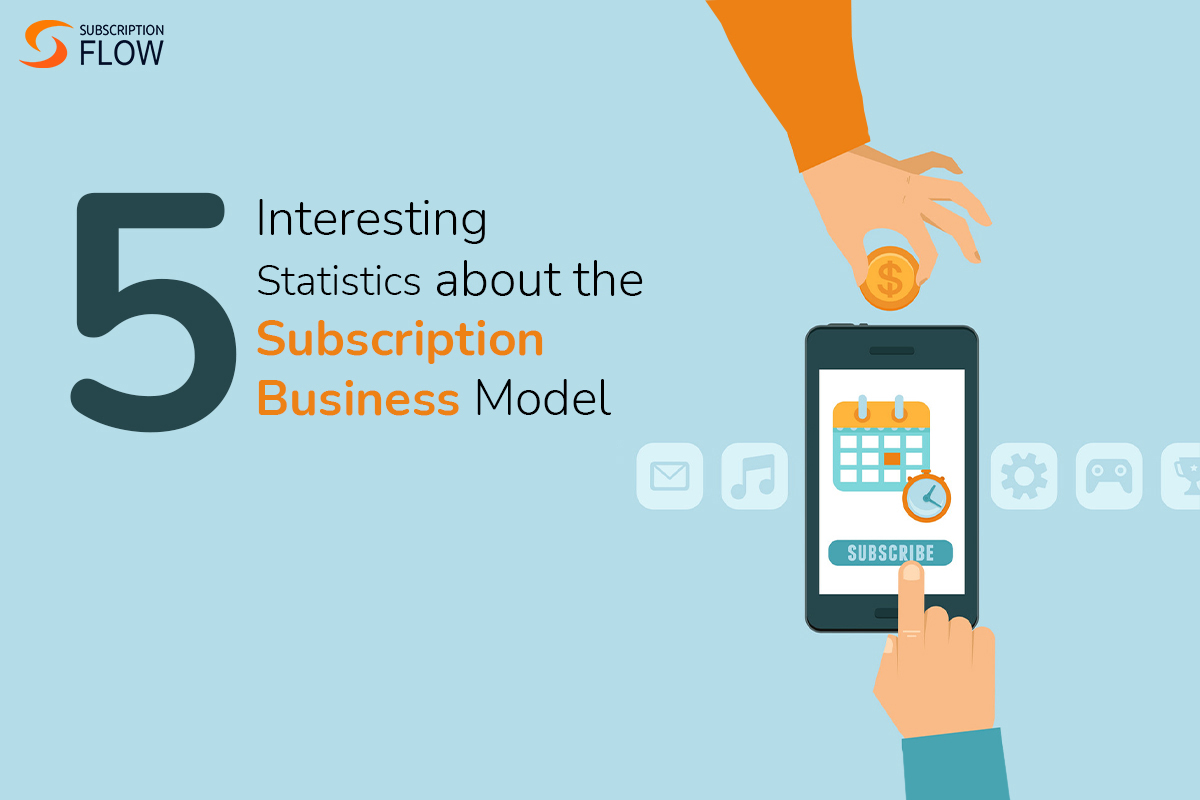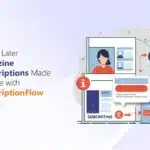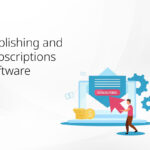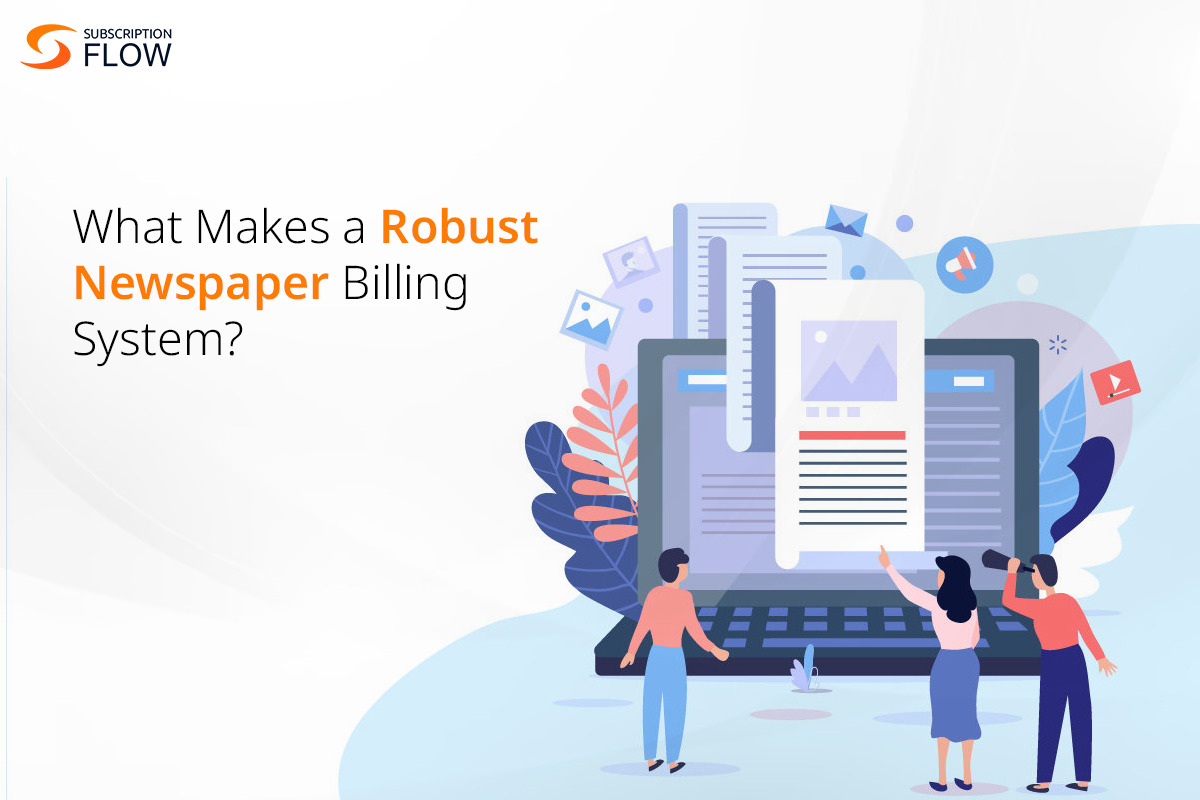
Discovering What Makes a Robust Newspaper Billing System Today
Did you know that the origins of the newspaper lay in Ancient Rome, and specifically in the Acta Diurna (or the “Daily Acts”) that the Roman government used to dispatch every day to inform its citizens of any new policy or whatever else was being discussed in the Senate? The newspaper billing system that the Romans used was that of collecting taxes from the general public and using a portion of the funds to create large public billboards on which people could access these Daily Acts.
Flash-forward to today: while almost all newspapers in the free world are no longer controlled by governments, one thing that has remained constant despite the passage of these past two-thousand years is that newspapers continue to inform people regularly on urgent matters. This has become especially true in the era of social media where newspapers and their social media handles are no longer expected to give just daily briefings but, in most cases, even minute-by-minute coverage of something as consequential as a general election or even something as insignificant as who won this year’s Academy Award for Best Actress in a Leading Role. (It’s Emma Stone!)
Keeping in mind this ever-changing modern-day landscape of newspaper circulation, and the newspaper billing system that is needed as a result to cater to these dynamic shifts, in this blog we will be going over the following factors that will help you decide which newspaper billing software is the right fit for you: bundling, offering versatile checkout options, allowing for group checkouts, and catering to both end consumers and distributors. In the end, we will also give you a small recommendation for which newspaper billing system software you may choose and why.
Read more: Newspaper Subscription Management Software
So, what makes a robust newspaper billing system?
1. Bundling
The integration of both digital and print subscription plans can function as a fundamental element of a newspaper’s profits strategy, significantly enhancing its financial stability. Consider how the well-known newspaper The New York Times, that still publishes in print, has moved from a model that was primarily print-focused to one that is multifaceted and digital. The Times provides bundled subscription packages that include full access to its digital content in addition to a traditional newspaper delivered right to your door. This calculated action expedites the publisher’s billing processes while also making reading easier for subscribers. By controlling one cost for accessibility to both formats, operational efficiency is maximized while administrative complexity is reduced.
Following the practice of bundling has, among others, the following three very crucial benefits:
Appeal to Diverse Preferences:
The New York Times bundles its offerings to appeal to a wide range of reader preferences, including fans of print and digital media. Offering value-packed bundles of subscription on affordable rates are offered, which increases customer retention—a critical factor in maintaining revenue in the current media environment.
Leveraging Format Advantages:
This strategy makes use of the advantages of both formats: digital for immediate updates and interaction, and print for immersive reading. Bundled subscriptions guarantee thorough consideration of reader preferences, promoting contentment and steadfastness.
Robust Billing System:
Furthermore, The New York Times’s strong billing system incorporates bundled subscriptions, allowing for quick adjustments in response to changes in the market. This adaptability is necessary to stay resilient and competitive in the face of consumers’ shifting preferences for digital content.
2. Versatile Checkout Options
A strong newspaper billing system must have flexible checkout options to give both the company and its clients convenience and flexibility. Newspapers can accommodate a wide range of customer preferences by providing a variety of payment methods, such as contemporary e-wallets and online banking, in addition to the more conventional cash and card payments. The following are the advantages of such a system of billing:
Improved Customer Satisfaction:
This inclusivity expands its possible market reach while also improving customer satisfaction. By providing a range of payment alternatives, The Guardian guarantees that its readers can select the one that most closely aligns with their tastes and way of life, ultimately promoting a positive consumer experience.
Streamlined Processes:
Moreover, newspapers such as The Guardian can reduce manual errors and operational costs by streamlining their billing and collection processes through the incorporation of advanced payment technologies. Transactions can go more smoothly thanks to this efficiency, which is advantageous to the newspapers and its readers.
Smoother User Experience:
In the end, flexible checkout choices promote client loyalty and guarantee The Guardian’s consistent income stream by facilitating a smooth user experience. The publication builds a close relationship with its readers by emphasizing flexibility and ease of use in its payment options, which promotes recurring business and sustained involvement.
Increased Security and Adaptability:
The system’s resilience is further enhanced by its capacity to promptly adjust to emerging payment trends and preserve a safe transaction environment. The Guardian keeps a close eye on new developments in security procedures and payment technologies to make sure that its invoicing system is secure and up to date.
3. Group Checkouts:
Group checkout subscriptions are essential to strengthening a newspaper’s billing infrastructure. Let us examine how a real-world newspaper, like The Post, which has skilfully introduced group subscription services, employs this tactic. The Post makes it easier for businesses, organizations, and schools to subscribe by providing group options. This allows them to give multiple users accessibility to the newspaper using a single billing and operations system.
Now, let us go over some of the key advantages of adopting this method of newspaper billing:
Simplifying Management:
By enabling numerous users to access and utilize an offering under a single account, group subscriptions simplify the procedure. This streamlines the billing and management procedures, guaranteeing uniformity and effectiveness in the management of subscriptions. The Washington Post centralizes subscription management in a way that makes it easy for administrators to keep an eye on usage and manage access.
Automation of Billing and Payment:
In addition, group subscriptions reduce the possibility of loss of revenue and involuntary churn by facilitating automated payment and billing procedures. The Post uses automation to improve user experience by offering a smooth payment process and modifying subscription plans based on actual usage.
Flexible Pricing Strategies:
Bundled offers and volume-based discounts are just two examples of the flexible pricing strategies that group subscriptions enable. These strategies attract advertisers and boost readership. By utilizing these tactics, a newspaper like The Washington Post engages its subscribers and builds a sense of community and loyalty through tailored communication.
Integration for Efficiency:
To create an effective billing system that saves time and money while also offering a scalable solution that can be adjusted to The Post’s changing needs, group subscriptions essentially integrate central administration, automated payment, application monitoring, and personalized engagement.
4. Catering to Both End Consumers and Distributors:
Developing a strong newspaper payment method that serves distributors and end consumers is crucial to creating a sustainable business plan. Let’s examine the main elements and benefits of implementing this kind of a system.
Direct Sales to Readers:
Newspapers can develop a devoted subscriber base and guarantee a consistent revenue stream by selling directly to readers. Because of this direct connection, customers can receive personalized offers and content, which encourages loyalty and may raises their average lifetime value.
Distribution via Distributors:
Working with distributors makes large networks available for increased distribution. Newspapers can access markets and demographics that would otherwise be difficult to reach with the aid of distributors.
Complex Billing System:
Two-pronged sales strategies demand a complex billing system that can manage various transaction needs. The billing system needs to support various pricing structures and promotional offers in addition to handling one-time sales, large purchases from distributors, and individual subscriptions.
Collaboration with Distribution Logistics:
To guarantee an efficient supply chain and timely delivery of newspapers to distributors and consumers, the billing system is seamlessly integrated with distribution logistics. Through integration, the distribution process is optimized, resulting in fewer delays and higher customer satisfaction.
Read more: From Headlines to Attrition: A Churn Analysis of Newspaper Subscription Trends
The bottom line:
In conclusion, a strong billing system is becoming more and more essential for newspapers to maintain their operations and promote growth as they continue to change in the digital age. Newspapers need to modify their billing procedures to accommodate the various demands of their readership and guarantee smooth transactions, whether they do so directly to readers or through distribution agreements with distributors. Newspapers can increase revenue, improve customer satisfaction, and streamline operations by implementing modern billing solutions. To achieve these objectives, though, selecting the appropriate billing software is essential. SubscriptionFlow is useful in this situation.
SubscriptionFlow provides end users and distributors with a complete newspapers billing software package that includes group checkouts, flexible checkout options, bundling, and more. Its features, which automate transactions, simplify billing procedures, and offer insightful data, enable newspapers to prosper in the ever-changing media environment of today.
We strongly advise you to schedule a demo with SubscriptionFlow right away if you’re ready to streamline your newspaper’s billing system and advance your business. Find out how your newspaper business can succeed and how our cutting-edge software can transform your billing procedures. Do not hesitate—schedule your demo right away and use SubscriptionFlow to fully utilize your newspaper billing system.

